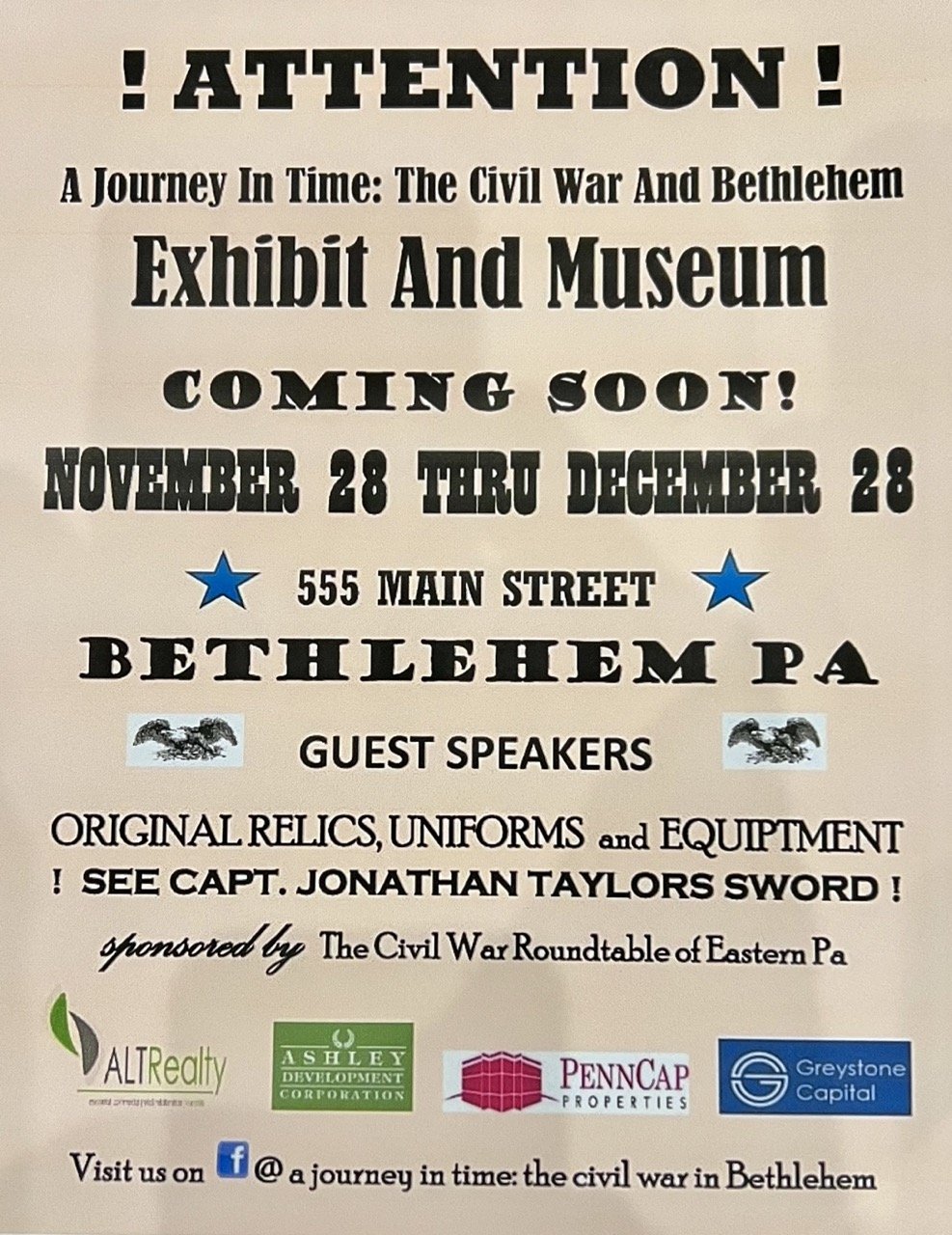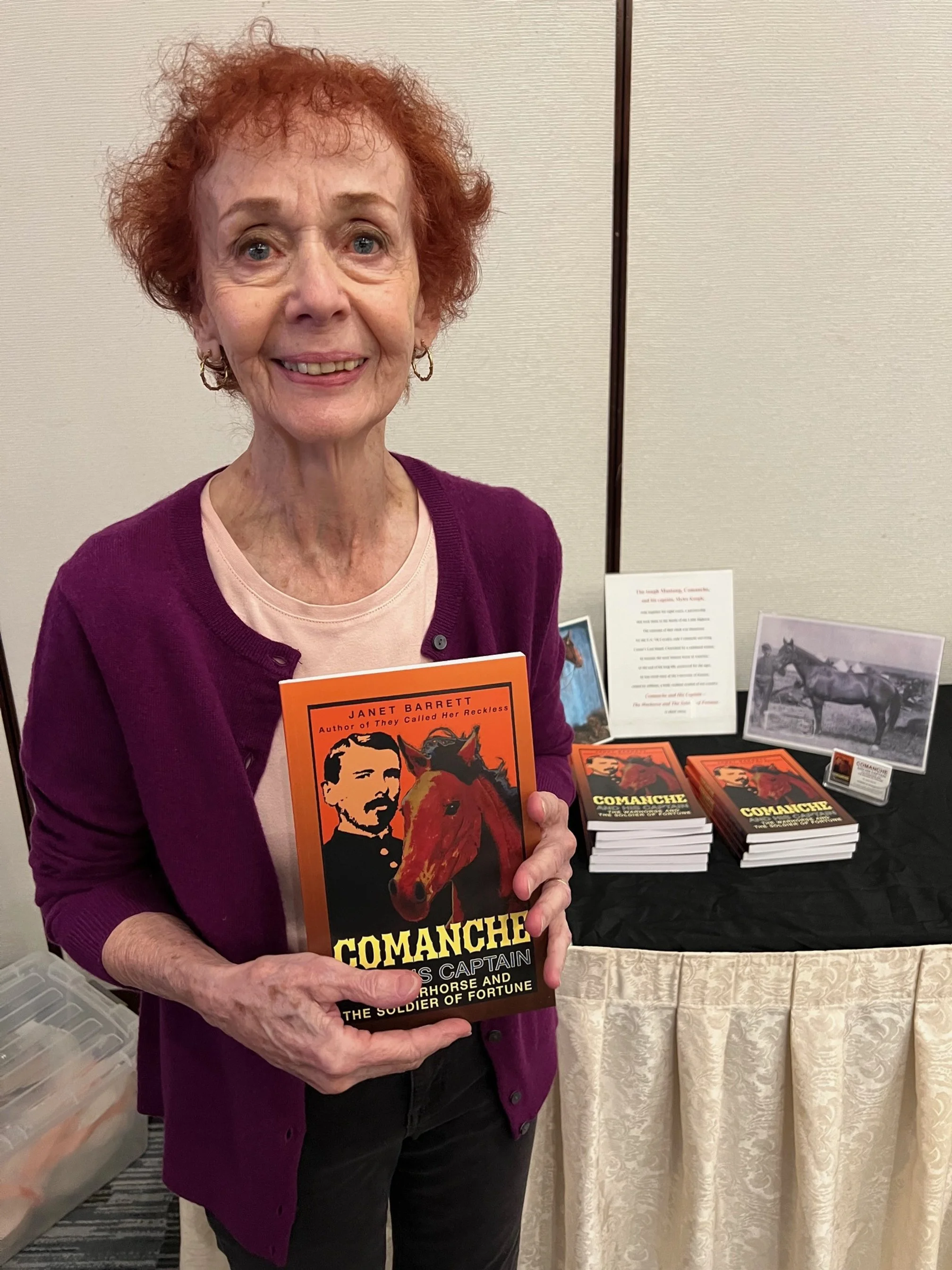The Meeting started with an announcement from Ed Root and Jack Stanley telling us that more than 700 people came through the doors of the new Civil War Museum on Main St in Bethlehem sponsored in part by the Roundtable. It has been a HUGE success and Ed hope it leads to more interest in the civil war and membership for the round table. WFMZ has done one story about it, and is preparing for another.
Following supper, Michael Jesberger presented “Footprints in the Snow - George Washington’s Continental Army of 1776” recounting the history leading up and following July 1776. He included the human story of those men who marched with General George Washington when the entire American cause was depending on their success.After losing one battle after another both luck and the wether shifted in favor of tghe rebels.
Jesberger made it a story of Americans of every size, shape, and color, simple farmers, teachers, tradesmen, and mere boys turned into soldiers. He was convinced these men with the Army and did not quit, because their commanding officer, General George Washington did not quit!
Mr. Jesberger is an independent military historian who specializes in the American Revolution and Civil War time periods. He is renowned for his depth and breadth of knowledge , as well as his engaging and passionate presentation style, whether providing formal lectures, living history presentations or tours of historic sites in the Tri-state area. A lifelong resident of the Philadelphia region, Jesberger is a native of Northeast Philadelphia and has relocated to Bucks and Montgomery County, PA
As usual we held our Preservation book raffle with winners depicted below.


































